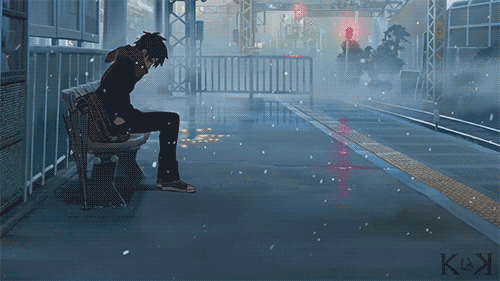The Ndlovu House in Sedibeng
Culture
Culture and cultural heritage
Their strength is inside of the earth and the foundation of Sedibeng.
They were supported by the notion of perpetual change. Using an element of spirituality and faith to embed into the consistency of growth.
They were supported by the notion of perpetual change. Using an element of spirituality and faith to embed into the consistency of growth.
Shared customary codes and values
Their faith lies in strength through knowledge. Their greatest strength against the untamable beast, nature.
Being ahead of nature is impossible, being behind nature will lead to not only your death but the death of those around you. You can only stand side by side. It will push, you will push and if you're wrong, arrogant or foolish, you'll fall.
Being ahead of nature is impossible, being behind nature will lead to not only your death but the death of those around you. You can only stand side by side. It will push, you will push and if you're wrong, arrogant or foolish, you'll fall.
Common Customs, traditions and rituals
In death: The skin of a dead Ufele is valuable, since it's tougher than steel, needing special tools and extreme heat to cut.
The burial method is to be turned into coal by a Lahla in order to be put into a coal shrine, this will be stacked, the coal preservable up to a century and kept in stone. There's an entire ceremony involved changing out the coal, cashing in on it in a time of emergency, if struck by cold.
It honours the dead but is practical enough to save them against the cold.
The burial method is to be turned into coal by a Lahla in order to be put into a coal shrine, this will be stacked, the coal preservable up to a century and kept in stone. There's an entire ceremony involved changing out the coal, cashing in on it in a time of emergency, if struck by cold.
It honours the dead but is practical enough to save them against the cold.
Coming of Age Rites
Knowledge is power and the baseline of skill. So on your fourteenth birthing, you have to present to your Patriarch or Matriarch. This is a yearly event for the Ndlovu-Sana House. It's generally an extremely auspicious occasion with a high turn out, in family and in the elite.
The one presenting must have profound knowledge in a field to prove they're learning something and are listening to some one.
Another part of their coming of age custom is to live with a Cabucabu mother who'll trade the child for a Cabucabu child for a year. This is a difficult period for both sides as a year has to be spent with another family.
Some divoced families can choose to switch so each parent has a child but that's a rarity, for the Ndlovu-Sana. Generally the parents will be randomly selected and the children will be of the same age or the Cabucabu child will be a year or two older based on the child's measurements, something The Cabucabu record meticulously. Measurements working as a means to measure the age to best match the Ndlovu over the decades. So it's possible for a Cabucabu to be fifteen but have their counterpart's age be five, the Cabucabu of course having life spans as high as two hundred.
The one presenting must have profound knowledge in a field to prove they're learning something and are listening to some one.
Another part of their coming of age custom is to live with a Cabucabu mother who'll trade the child for a Cabucabu child for a year. This is a difficult period for both sides as a year has to be spent with another family.
Some divoced families can choose to switch so each parent has a child but that's a rarity, for the Ndlovu-Sana. Generally the parents will be randomly selected and the children will be of the same age or the Cabucabu child will be a year or two older based on the child's measurements, something The Cabucabu record meticulously. Measurements working as a means to measure the age to best match the Ndlovu over the decades. So it's possible for a Cabucabu to be fifteen but have their counterpart's age be five, the Cabucabu of course having life spans as high as two hundred.
Parent ethnicities
Diverged ethnicities
Encompassed species
Related Organizations
Related Locations












Comments